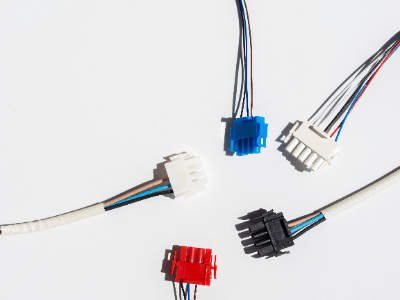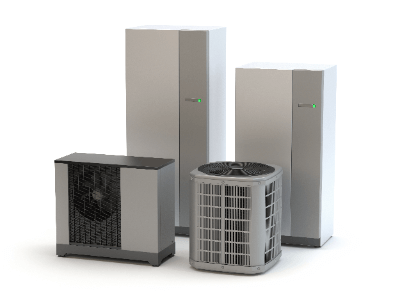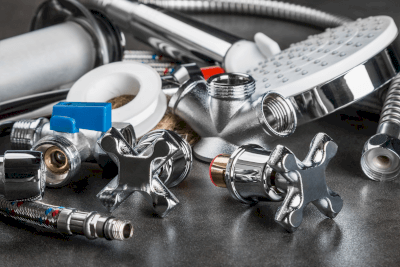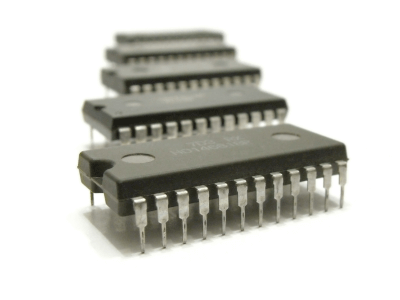What Is Electronic Paper?

Electronic paper is a display technology that mimics the appearance of ink on paper. Unlike traditional displays like LCDs or OLEDs, electronic paper doesn’t require a backlight, relying instead on reflected light to make text and images visible. This technology is celebrated for its low power consumption, high visibility even in direct sunlight, and minimal strain on the eyes, making it ideal for e-readers, electronic signage, and other portable displays.
Developed in the 1970s at Xerox’s Palo Alto Research Center, the electronic paper has evolved significantly, finding applications in e-book readers, signboards, and even fashion items, thanks to its paper-like qualities and environmental benefits.
Applications of Electronic Paper
- E-Book Readers: Electronic paper’s low power requirement and clear visibility under any lighting condition make it perfect for digital reading devices.
- Signboards and Posters: Its readability in outdoor settings and energy efficiency are leveraged for dynamic signage solutions.
- Watches and Fashion Items: Electronic paper enables innovative design possibilities, offering a blend of luxury and technology.
Principle of Electronic Paper
Electronic paper employs several display methods, including particle movement, liquid crystal, electrochemical reactions, and MEMS technologies. The particle movement method, particularly microcapsule electrophoresis, is popular for electronic paper displays. This technique involves moving charged particles within microcapsules to form text and images, allowing for high-contrast displays with minimal power use.
Advantages and Disadvantages of Electronic Paper
Advantages:
- Low Power Consumption: Facilitates extended device use with minimal recharging.
- Visibility in Sunlight: Ensures easy reading in bright conditions without backlighting.
- Comfort for Eyes: Reduces eye strain with its flicker-free display, making it ideal for prolonged reading.
Disadvantages:
- Slow Response Time: Limits its suitability for video or fast-paced interactive content.
- Limited Color Range: While effective for monochrome and grayscale, it falls short in vibrant color display capabilities.
As electronic paper continues to evolve, its integration into more devices and applications is anticipated, with ongoing enhancements aimed at color display, video capability, and cost efficiency.
 Wire-to-wire connectors serve as
Wire-to-wire connectors serve as  Electric pallet trucks, as the name implies, are electrically powered lifts and traveling trucks used to carry pallets.
Electric pallet trucks, as the name implies, are electrically powered lifts and traveling trucks used to carry pallets.
 An HVAC refers to equipment that supplies heat to buildings, condominiums, factories, automobiles, railroad cars, ships, and other specific facilities.
An HVAC refers to equipment that supplies heat to buildings, condominiums, factories, automobiles, railroad cars, ships, and other specific facilities. A waveplate is an optical element that rotates the polarization plane of incoming light to output light of a different polarization.
A waveplate is an optical element that rotates the polarization plane of incoming light to output light of a different polarization. Plumbing parts are used to transport fluids from one location (device) to another (equipment).
Plumbing parts are used to transport fluids from one location (device) to another (equipment). A general-purpose milling cutter is a machine tool in which
A general-purpose milling cutter is a machine tool in which  General-purpose logic ICs are integrated circuits that combine basic circuits, such as logic operations, in a single small package.
General-purpose logic ICs are integrated circuits that combine basic circuits, such as logic operations, in a single small package. A
A